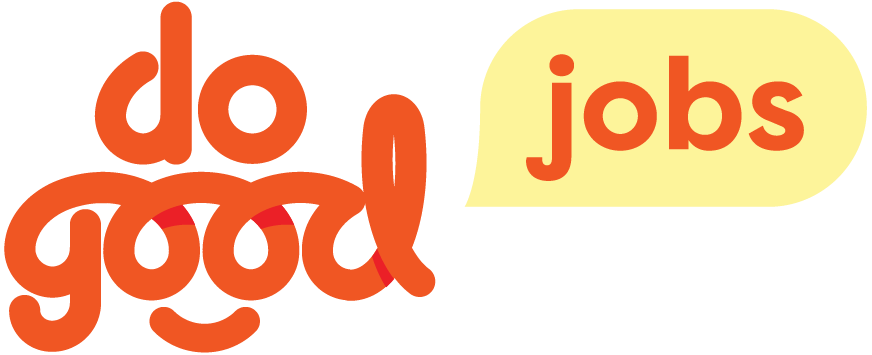Will there ever be robots on your interview panel?
With stats showing that the number of job applicants per role is increasing, you might be getting more responses to your job ads. But that doesn’t mean they are all the quality you need. Instead, it might just mean you have to spend hours sifting through applications that aren’t going anywhere. That’s time that most people in the for-purpose space can’t afford to waste. So, we’ve collected some useful technology options to help you streamline and improve your recruitment and suggested a couple we might see in the future.
Applicant Tracking Systems (ATS) - These are common in the recruitment sector with bigger companies and agencies but you may not have come across them if you do recruitment directly for your organisation. ATS are software programmes that screen CVs and match them with specific keywords or skillsets based on the job requirements. Only those that match make it through to the human recruiters.
Using AI to reduce bias - We wrote a blog a while ago about how ChatGPT can help you research and write your job ad, but you can also use AI to aid your recruitment process and potentially help you find candidates you might not have considered. Humans often have unconscious bias and may reject an applicant because of how they look or act without realising they have done that. Using AI eliminates those biases because it bases its decisions solely on skill matching or other simple criteria.
Pre-recorded video interviews - Some organisations are starting to use video interviews early in the recruitment process to save time on interviewing overalll. Video interviews are conducted by an AI bot or avatar that has been programmed to ask certain questions and score answers, and only the best are invited back for an in-person interview. Video interviews can also be a useful tool if you have candidates from out of the area, as it enables you to interview more people than you would in-person.
Recruitment process of the future?
As technology, especially in the AI and machine learning space, continues to develop, it could become an even bigger part of the recruitment process. These ideas are all in their early stages but have been trialed by some companies.
Virtual reality workplace tours or tasks - Imagine being able to set a potential candidate a task and watch as they perform it in real time to see how they cope. That’s what virtual reality might offer in the future, with the ability to create role-related scenarios. It can also be used to create a virtual walkthrough of your workspace for candidates who can’t make an in-person interview to give them an idea of where they will be working.
Facial scanning during interviews - Another door that video interview screening opens is the chance to scan recruits for facial and vocal expressions, known as micro-expressions. Candidates whose faces gave off the wrong vibes could be removed from the recruitment process.
Brain scanning - Picking someone for a job based on the results of a brain scan sounds like science fiction, but it could happen. It’s the logical next step from pen and paper or online psychometric tests, and there are already companies out there starting to offer it as a service.
So, will there be actual robots on your interview panel in the next few years? It’s not beyond the realms of possibility, but with the overall recruitment experience listed by many jobseekers as a key part in their decision to take a job or not, it’s likely that humans will be needed for HR and recruitment for a while yet.

